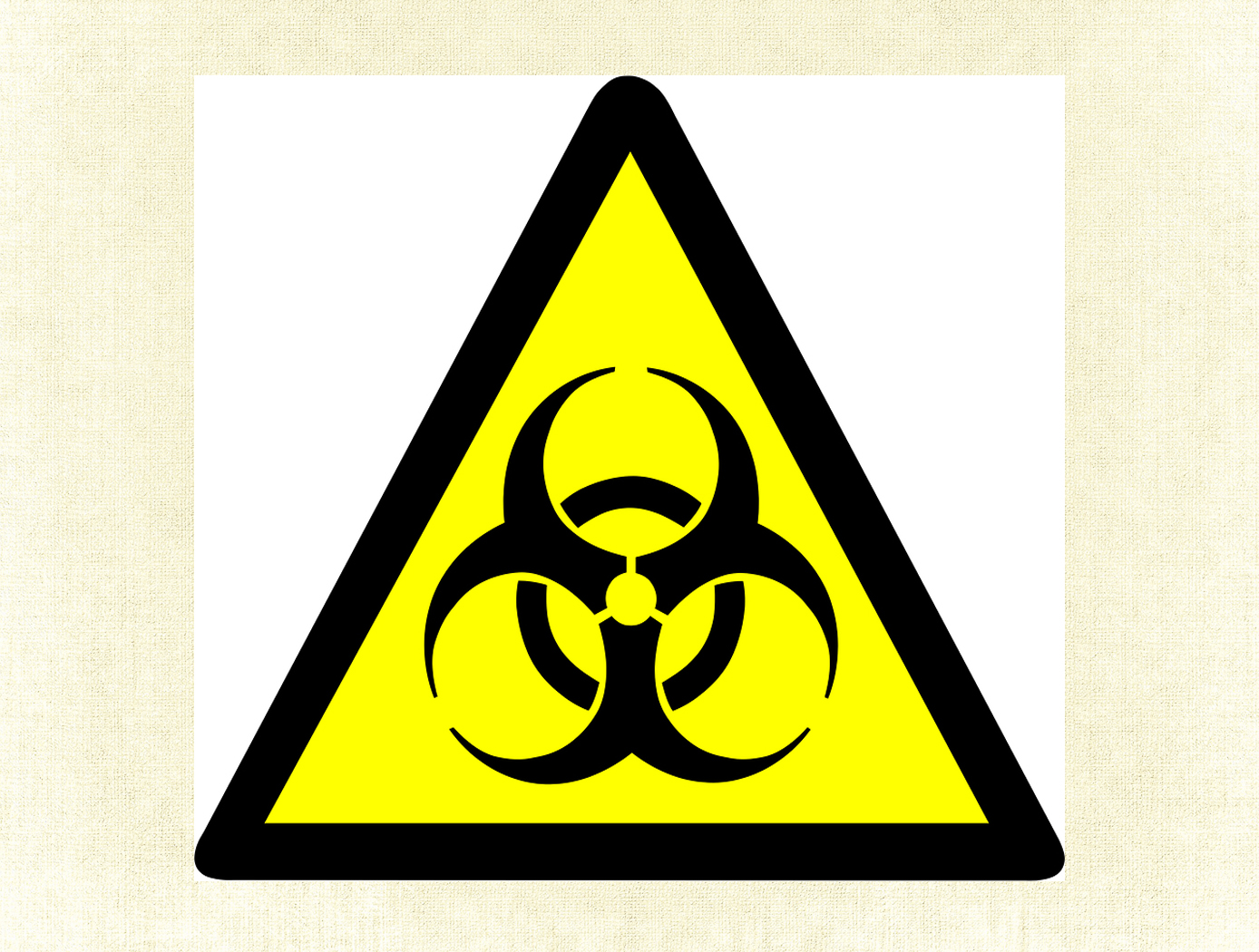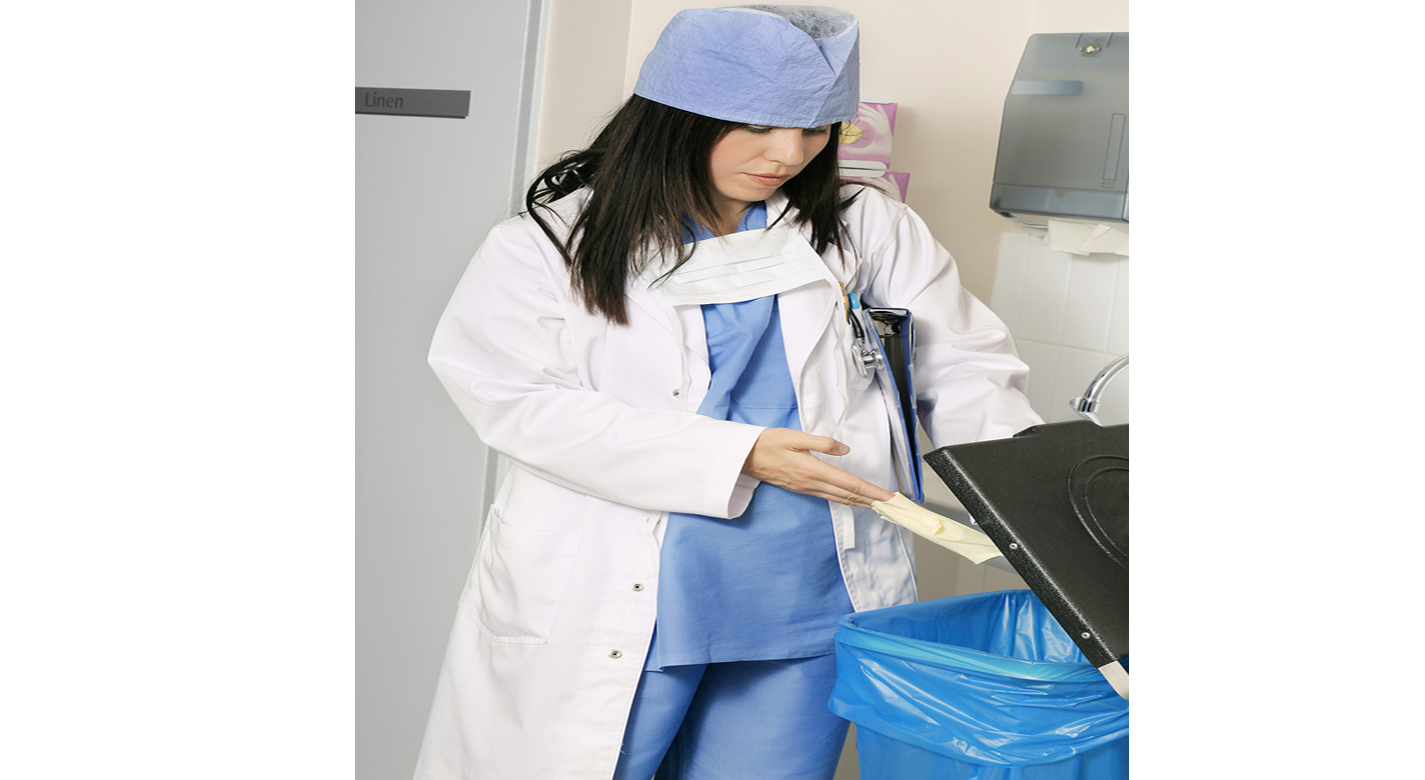Solid And Liquid Waste Drying Bag
health medicine and biotechnology
Solid And Liquid Waste Drying Bag (TOP2-129)
An Invention that can be used as a portable toilet, for medical waste, hazardous waste, or sludge from water treatment operations
Overview
This invention facilitates collection, storage, concentration, and drying of liquid or mixed liquid/solid material. Material may be medical waste, aqueous hazardous waste for which disposal cost is high, such as radioactive salt solutions, or brine or sludge from water treatment operations. It can be used to dry biological specimens or concentrate water samples for analysis. It can also function as a portable toilet.
The Technology
This invention addresses the problem of human solid waste disposal in microgravity, and consists of a soft-sided container or bag that (1) collects wet material using airflow, (2) compacts material under vacuum, and (3) dries material under applied vacuum. End products are clean water and dried, compacted, and bagged material. The bag includes a liquid-impermeable and vapor-impermeable outer layer and a liquid-impermeable but vapor-permeable inner layer membrane, defining an inner bag, through which some vapor can pass. The port is located in the outer layer, and activation of the vacuum source causes some of the original vapors and vaporized liquids to pass through the membrane liner. Liquid components of the moist waste solids within the bag may also be vaporized and transported across the membrane. Waste solids, such as excrement, remain in an inner layer defined by the membrane, and are partly dried by withdrawal of vaporized liquid and vaporized liquid components in the moist solids. These waste solids are thereby trapped and sealable in the bag, while the original vapors and the vaporized portion of the liquids pass through the membrane and are received by an outer bag defined by the membrane and the outer layer of the bag. After use, the bag is sealed and stored for ultimate disposal.


Benefits
- Products of the system are clean
- Simplifies collection
- Reduces disposal cost
- Vacuum-dried waste is more stable
- Controls odor
- User friendly
Applications
- Aircraft / Spacecraft
- Hazardous Waste management
- Medical Waste
- Water treatment operations
- Portable Toilets
- Biological specimen analysis
Similar Results

Contaminated Water Treatment
This invention is a system and associated method that is a two step process. It provides a contaminant treatment pouch, referred to as a urine cell or contaminant cell that converts urine or another liquid containing contaminants into a fortified drink, engineered to meet human hydration, electrolyte and caloric requirements. It uses a variant of forward osmosis (FO) to draw water from a urine container into the concentrated fortified drink as part of a recycling stage. An activated carbon pretreatment removes most organic molecules. Salinity of the initial liquid mix (urine plus other) is synergistically used to enhance the precipitation of organic molecules so that activated carbon can remove most of the organics. A functional osmotic bag is then used to remove inorganic contaminants. If a contaminant is processed for which the saline content is different than optimal for precipitating organic molecules, the saline content of the liquid should be adjusted toward the optimal value for that contaminant.

Modular System for Waste Treatment, Water Recycling, and Resource Recovery
Because resupply of commodities for long duration space missions would be prohibitively expensive and could take an extensive length of time to reach habitats in orbit around or on other planetary bodies, it is critical that astronauts have the ability to recycle and reuse local waste streams to provide resources such as clean water, fuel, and nutrients for growing plants. Scientists at Kennedy Space Center and the University of South Florida have developed a technology that addresses this critical mission need. The modular system design incorporates all wastewater streams and some food waste including urine water, hygiene water, humidity condensate, Sabatier water, fecal waste, laundry water, and organic food waste. These sources are fed simultaneously into the system, and a function-driven, sequential purification process occurs. The primary processes include carbon conversion, phase separation (solid/liquid/gas), disinfection, nutrient/salts management, and salts balancing to generate a clean water stream. The heart of the closed-loop bio-regenerative system is an anaerobic membrane bioreactor (AnMBR), which takes raw wastewater streams and utilizes an anaerobic microbial consortium to carry out the breakdown of the organic matter. An ultrafiltration membrane captures and destroys pathogenic bacteria and viruses. The AnMBR system generates a clean water stream containing fertilizer constituents which can be used to cultivate either microalgae (for food, pharma/nutraceuticals, fuel or bioplastics) in photobioreactors or crops in hydroponic systems. The system also generates methane and hydrogen gas which can be used for fuel (or conversion to bioplastics), and CO2 which can be used to support plant growth.

Optical concentration sensor for liquid solution
Typical concentration sensors, like the one initially used in the UWMS, rely on changes in electrical conductivity to measure the concentration of a solution. These measurements using conductivity are prone to voltage drift over time, leading to unreliable measurements as the sensor ages.
The optical sensor developed here uses light scattering to measure the solution concentration without the issue of voltage drift. In this sensor, light from a green LED is passed into the sensor housing where it hits a first detector (i.e., a photodiode) to establish a reference of the amount of light before scattering. Simultaneously, the light from the LED scatters through the pretreat solution and then hits a second photodiode to measure the amount of light after scattering. The difference between the amount of light measured by the two detectors is used to calculate the concentration of the pretreat solution (based upon Beer’s Law). The optical concentration sensor has been demonstrated to effectively measure pretreat concentrations in both still and flowing liquid conditions and is resistant to contamination issues as necessitated by the UWMS.
The optical pretreat concentration sensor is at technology readiness level (TRL) 4 (component and/or breadboard validation in laboratory environment) and is available for patent licensing.

Pre-Treatment Solution for Water Recovery
The pre-treatment solution increases the solubility of calcium in urine brines by reducing the concentration of sulfates. When the solution is properly dosed, it enables biological, physical, and chemical stabilization of flushed urine for storage and distillation up to a steady 87% water recovery, as realized aboard the U.S. segment of the ISS, without precipitation of minerals such as gypsum.
Turning wastewater or seawater into potable water requires three important steps shared by the UPA and Water Recovery System (WRS) aboard the ISS: 1) pre-treatment, 2) distillation or membrane filtration, and 3) transport and storage of potable water and brine. Added during the first step, the pre-treatment solution improves the efficiency of the UPA by reducing the formation of solid precipitates caused by urinary calcium, sulfate ions, and sulfuric acid. This reduction in-turn creates less acidic brines which means more water can be recovered along with less surface scaling and clogging, further increasing recovery. As an added benefit, the solution contains a biocide that prevents the growth of bacteria and fungus, thereby increasing storage time of the treated urine.
Although the pre-treatment solution was developed for the ISSs UPA , the technology can potentially be used on Earth to pretreat contaminated water from organic-laden, high-salinity wastewaters. Adding the solution is a simple process that can be scaled to fit demand. It has the potential to improve water recovery in many applications such as: desalination plants, brackish water treatment, mining water treatment, hydraulic fracturing operations, and more. The pre-treatment solution may also lend itself for use in the transport and storage of wastewater due to the solution's ability to prevent microbial growth.

Filtering Molecules with Nanotube Technology
This water filtration innovation is an acoustically driven molecular sieve embedded with small-diameter carbon nanotubes. First, water enters the device and contacts the filter matrix, which can be made of polymer, ceramic, or metallic compounds. Carbon nanotubes within the matrix allow only water molecules to pass through, leaving behind any larger molecules and contaminants. The unique aspect of the technology is its use of acoustics to help drive water through the filter.
An oscillator circuit attached to the filter matrix propagates acoustic vibration, further causing water molecules to de-bond and move through the filter. This use of acoustics also eliminates dependence on gravity (and thus filter orientation) to move water through the device. When water exiting the system diminishes to a pre-determined set point, a cleaning cycle is triggered to clear the sediment from the inlet of the filter, reestablishing the standard system flow rate. Unlike other filtration systems, flushing of the filter system is not required. The combination of acoustics and small-diameter carbon nanotubes in this innovation make it an effective and efficient means of producing contaminant-free, clean water.



